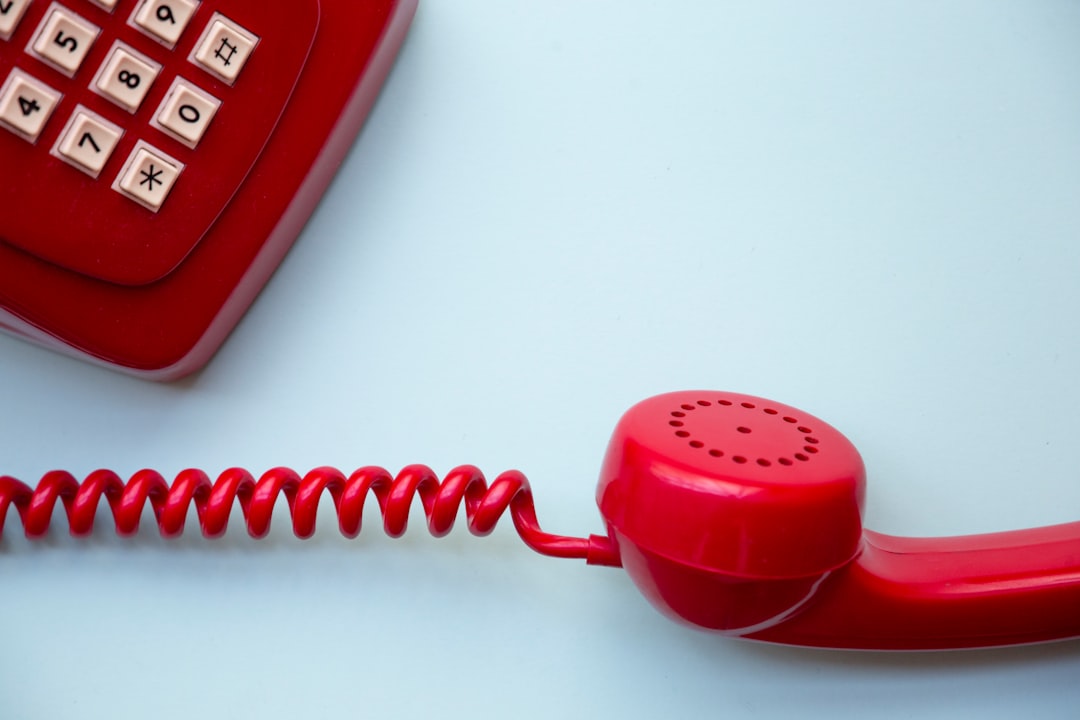What is it about?
This paper deals with the prognosis of epilepsy that started in children 2-16 years of age with no mayor neurological impairment. They were followed up 29-35 years later when 149 of them (65%) answered a questionnaire. The prognosis of epilepsy very much depends on if the children have neurological impairments or not. Most children with epilepsy (about 65%) have a rather good prognosis since they have no or a very mild neurological impairment. In the former study the duration of treatment was allotted to one or three years and was tapered out in those seizure-free during the last six months. In this follow-up study we found that 77% were free from epilepsy. Those with persistent epilepsy were unemployed significantly more often and perceived their mental health significantly more affected than those seizure-free without treatment.
Featured Image

Photo by Mathew Schwartz on Unsplash
Why is it important?
Even if some type of seizures relapsed more often after only one year of treatment this did not affect the good long-term prognosis according to the actual study. Hence it is important to know this when the duration of antiseizure medication is discussed with parents to children aged 2-16 years with epilepsy but without any mayor neurological impairment.
Perspectives
Childhood epilepsy occurs in about 1:200 children and most of these children have no neurological impairment and hence a good prognosis. There are many studies concerning the long-term prognosis in childhood epilepsies, but none has been based on a population like this where the duration of the initial medical treatment was allotted.
Gunnar Braathen
Read the Original
This page is a summary of: Long‐term seizure and psychosocial outcome in childhood epilepsy of unknown cause, Acta Neurologica Scandinavica, March 2021, Wiley,
DOI: 10.1111/ane.13414.
You can read the full text:
Contributors
The following have contributed to this page










